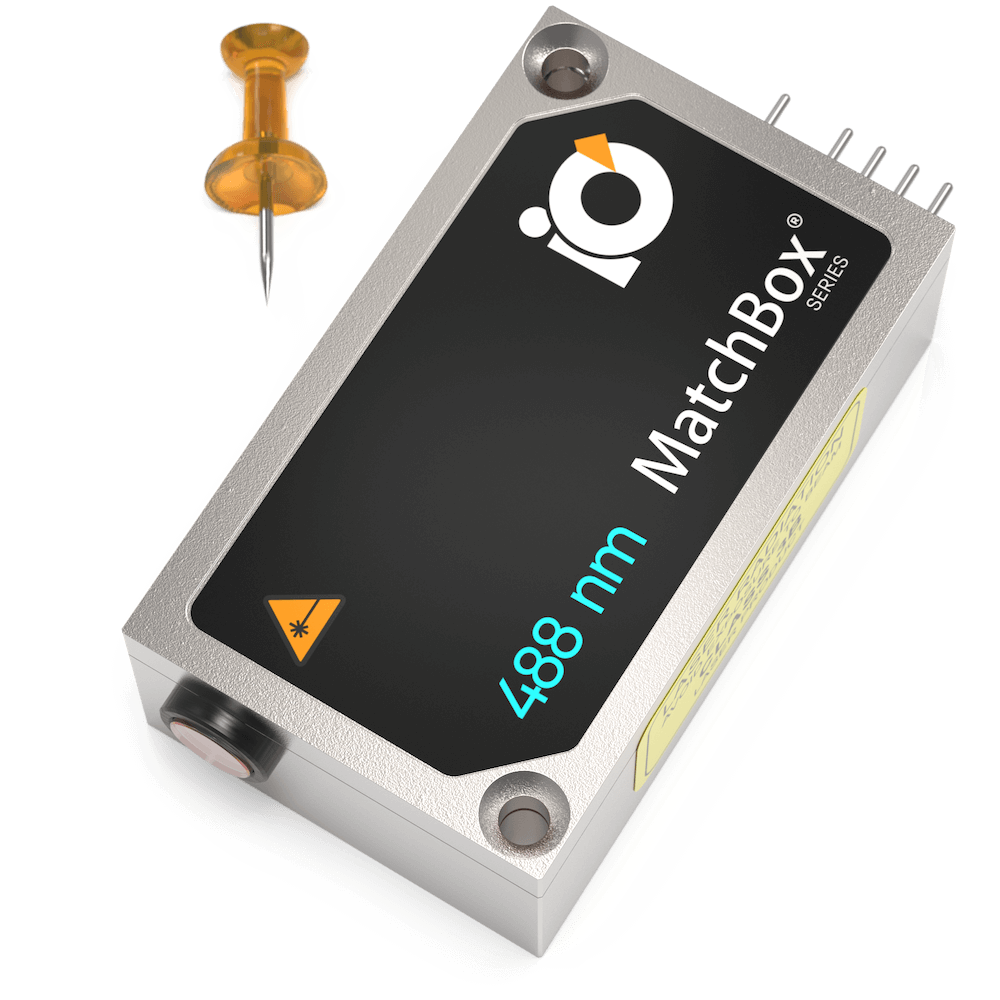488 nm Laser
Item Code: 0488L-11A-NI-NT-NFDescription
Laser Rental
Rent a high-performance laser for a time-limited experiment. Or try several laser options before deciding, which to choose.
Success
Your request has been sent successfully. We'll get back to you as soon as possible.
Back to homepageRequest
Begin your product purchase process, with flexibility for customization based on your needs.
Success
Your request has been sent successfully. We'll get back to you as soon as possible.
Back to homepage| Parameter | Minimum Value | Typical Value | Maximum Value |
|---|---|---|---|
| Central wavelength, nm | 480 | 488 | 495 |
| Longitudinal modes | - | Multiple | - |
| Spectral line width FWHM, nm | 0.02 | 0.5 | 1.2 |
| Output power, mW 1 | - | 40 | - |
| Power stability, % (RMS, 8 hrs) 2 | 0.01 | 0.02 | 0.3 |
| Power stability, % (peak-to-peak, 8 hrs) 3 | 0.1 | 0.4 | 1 |
| Intensity noise, % (RMS, 20 Hz to 20 MHz) 4 | 0.05 | 0.3 | 0.7 |
| Transversal modes | - | TEM00 | - |
| Beam width (1/e2), mm 5 | - | 0.8 | 1.1 |
| Beam height (1/e2), mm | - | 1.5 | 1.8 |
| Horizontal beam divergence, mrad | - | 1.1 | 1.4 |
| Vertical beam divergence, mrad | - | 0.4 | 1.2 |
| M² horizontal axis | - | 1.1 | 1.4 |
| M² vertical axis | - | 1.2 | 1.5 |
| M² effective | - | 1.2 | 1.5 |
| Polarization direction 6 | - | Horizontal | - |
| Polarization contrast | 1000 | 1500 | - |
| Control interface type 7 | - | UART | - |
| Operation mode | - | APC (CW) | - |
| Modulation bandwidth, MHz 8 | - | 10 | - |
| Input voltage, VDC | 4.8 | 5 | 5.3 |
| External power supply requirement | - | +5 V DC, 1.5 A | - |
| Dimensions (WxDxH), mm 9 | - | 50 x 30 x 18 | - |
| Beam height from the base, mm | 9.9 | 10.4 | 10.9 |
| Heat-sinking requirement, °C/W | - | 1 | - |
| Optimum heatsink temperature, °C | 15 | 20 | 30 |
| Warm up time, mins (cold start) | 0.1 | 0.5 | 1 |
| Temperature stabilization | - | Internal TEC | - |
| External fan control 10 | - | No | - |
| Overheat protection | - | Yes | - |
| Storage temperature, °C (non-condensing) | -10 | - | 50 |
| Net weight, kg | 0.1 | 0.12 | 0.14 |
| Max. power consumption, W | 0.4 | 2 | 10 |
| Warranty, months (op. hrs) 11 | - | 14 (10000) | - |
| RoHS | - | Yes | - |
| CE compliance | - | - General Product Safety Directive (GPSD) 2001/95/EC - (EMC) Directive 2004/108/EC |
- |
| Laser safety class | - | 3B | - |
| OEM lasers are not compliant with | - | IEC60825-1:2014 (compliant using additional accessories) | - |
| Country of origin | - | Lithuania | - |
1 The optical power can be tuned from virtually 0% to 100%. However, other specifications, such as central wavelength, power stability, noise, polarization ratio, beam shape, quality and circularity are not guaranteed at power levels other than factory preset power. Significantly worse power stability is to be expected at very low power levels, e.g. <3% from specified nominal power.
2 The long term power test is carried out at constant laser body temperature (+/-0.1 °C) using an optical power meter with an input bandwidth of 10 Hz. The actual measurement rate has a period of about 20 seconds to 1 minute.
3 The long term power test is carried out at constant laser body temperature (+/-0.1 °C) using an optical power meter with an input bandwidth of 10 Hz. The actual measurement rate has a period of about 20 seconds to 1 minute.
4 Noise level is measured with a fast photodiode connected to an oscilloscope. The overall system bandwidth is from 2 kHz to 20 MHz.
5 Beam width and height are measured at 0.4 m from output aperture.
6 For lasers without integrated optical isolators.
7 Break-out-boxes AM-C8 and AM-C3 can be used for conversion of UART communication to either USB or RS232.
8 TTL digital modulation up to 10 MHz.
9 Excluding control interface pins and an output window/fiber assembly.
10 This function can be enabled in hardware only if the fast modulation option is disabled. The customer must specify this before ordering the laser.
11 Whichever occurs first. The laser has an integrated operational hours counter.
Typical spectrum
Typical spectrum of 0488 nm diode laser. Measured with 20 pm resolution.

Drawing
The key dimensions of a free-space MatchBox.

Typical Near Field
Typical near field (0.45 m from output aperture) beam profile. Non-circularized beam of a 0488 nm direct diode laser.

Typical Far Field
Typical far field (1 m from output aperture) beam profile. Non-circularized beam of a 0488 nm direct diode laser.

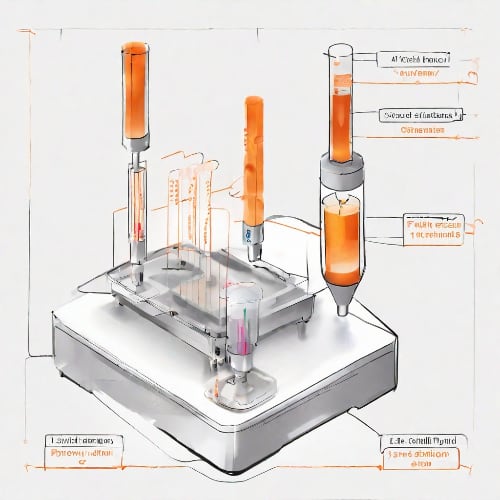
Flow Cytometry
Flow cytometry is a sophisticated analytical technique widely used in biomedical research and clinical diagnostics. It allows for the simultaneous analysis of multiple physical and chemical characteristics of cells or particles as they flow through a laser beam. By utilizing fluorescence and light-scattering principles, flow cytometry provides valuable insights into cell populations, allowing researchers to study cell morphology, identify cell types, and assess various cellular functions with high-throughput precision.

Confocal Microscopy
Confocal microscopy is a powerful imaging technique used in biological and materials science research. By employing point illumination and a spatial pinhole, confocal microscopy eliminates out-of-focus light, resulting in sharper, high-resolution images. This method enables three-dimensional imaging of specimens with exceptional optical sectioning, making it valuable for studying biological structures and dynamic processes at the cellular and subcellular levels.
Diode Laser Essential Accessory Bundle

SLM Laser Essential Accessory Bundle

MatchBox Laser High-Performance Accessory Bundle
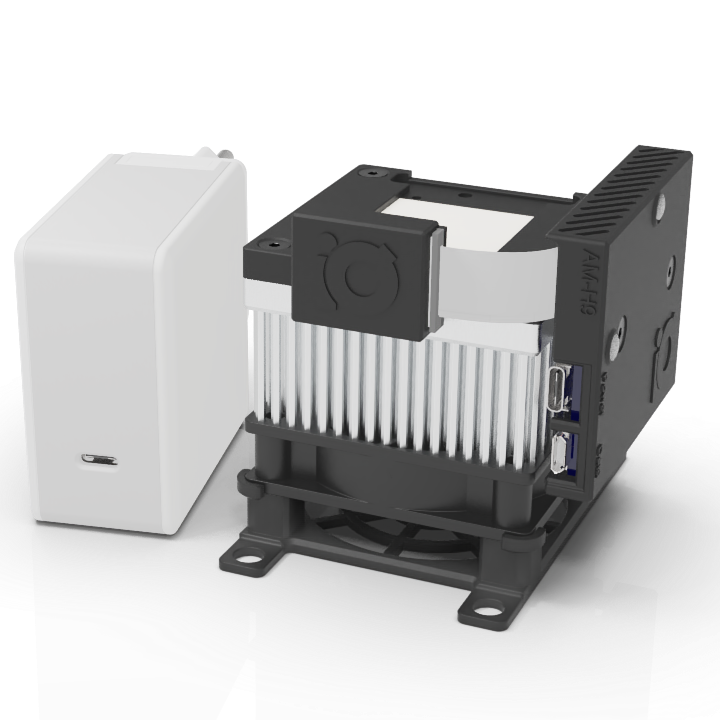
Standalone High-Performance Accessory Bundle
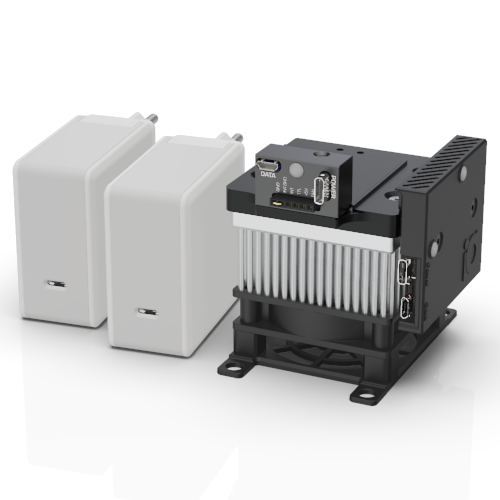
USB Break-out-Box for Single-Wavelength MatchBoxⓇ
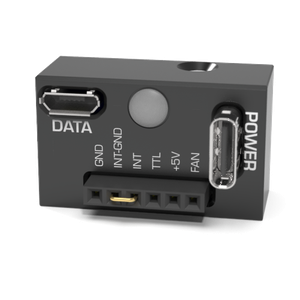
RS232 Break-out-Box for Single-Wavelength MatchBox®

60W USB type C power supply

Compact Fan Cooler For MatchBox®
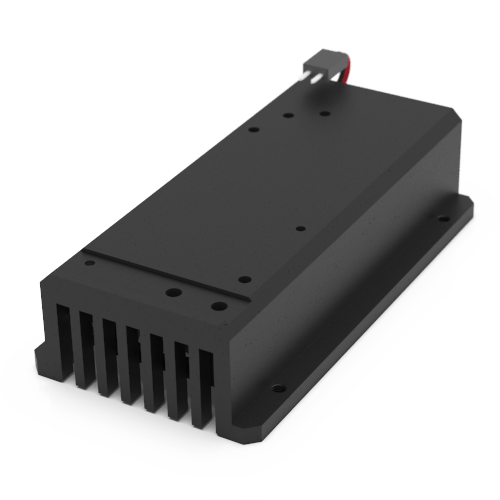
Fan Cooler for MatchBox®

Stand-alone Air Cooled Heatsink With TEC

Compact TEC-Cooled Mounting Plate For MatchBox
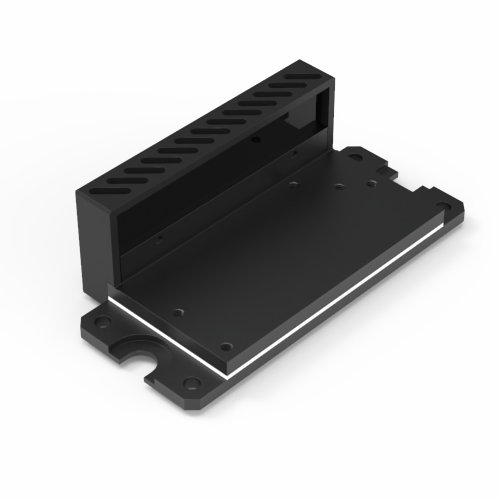
MatchBox Laser Shutter for 16 mm Cage System

XZ Axis Adjustable Shutter With Internal SM05 Thread

Safety key box

Laser Safety Goggles for 180-532 nm

